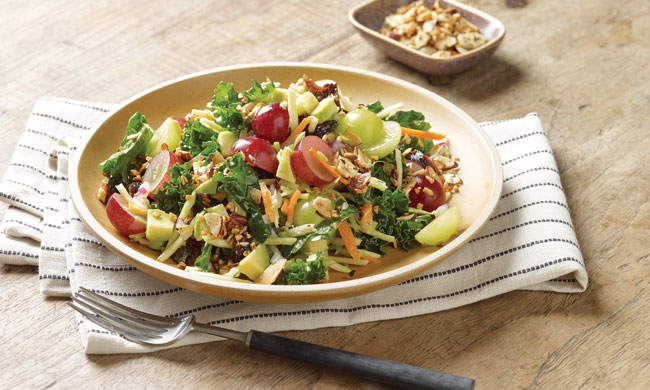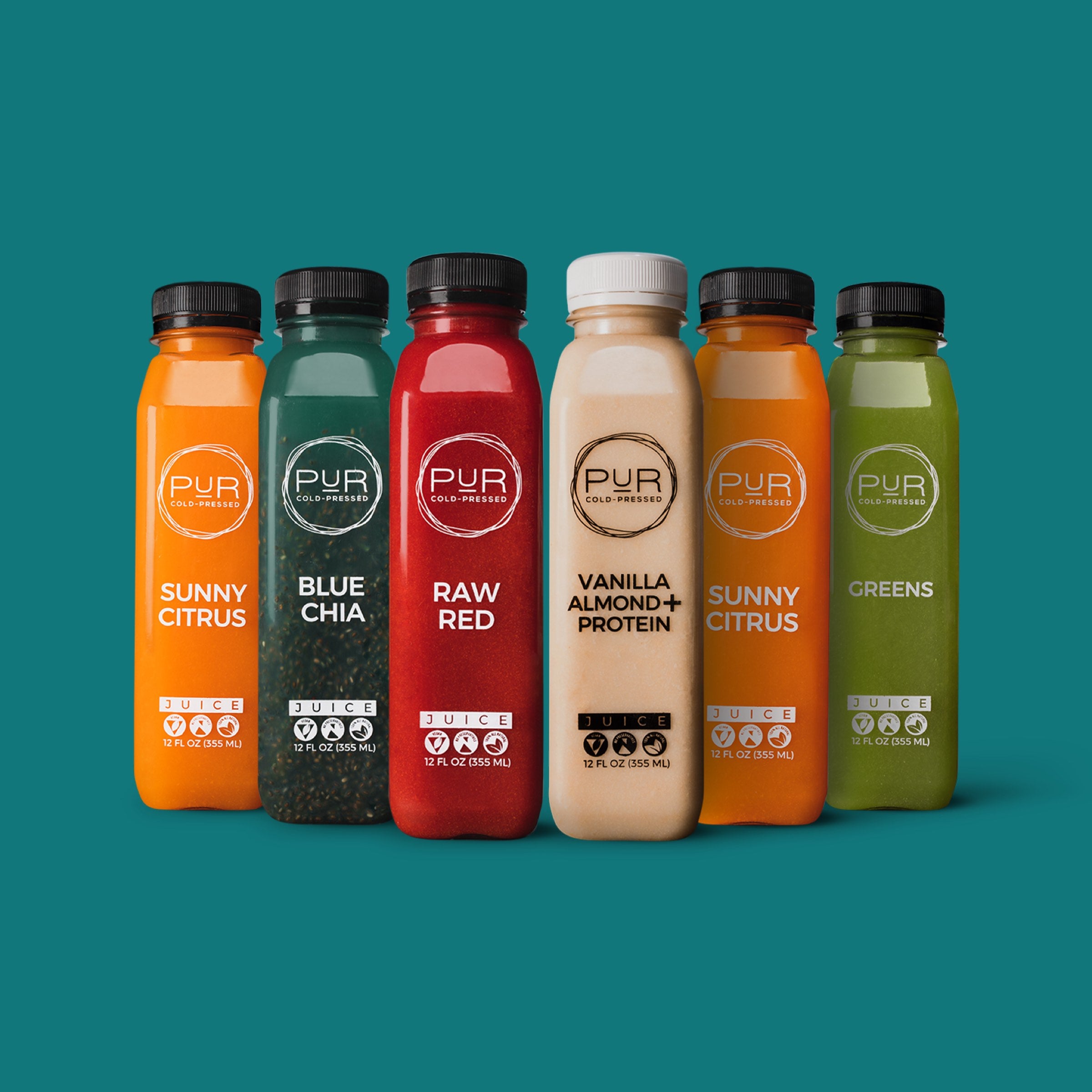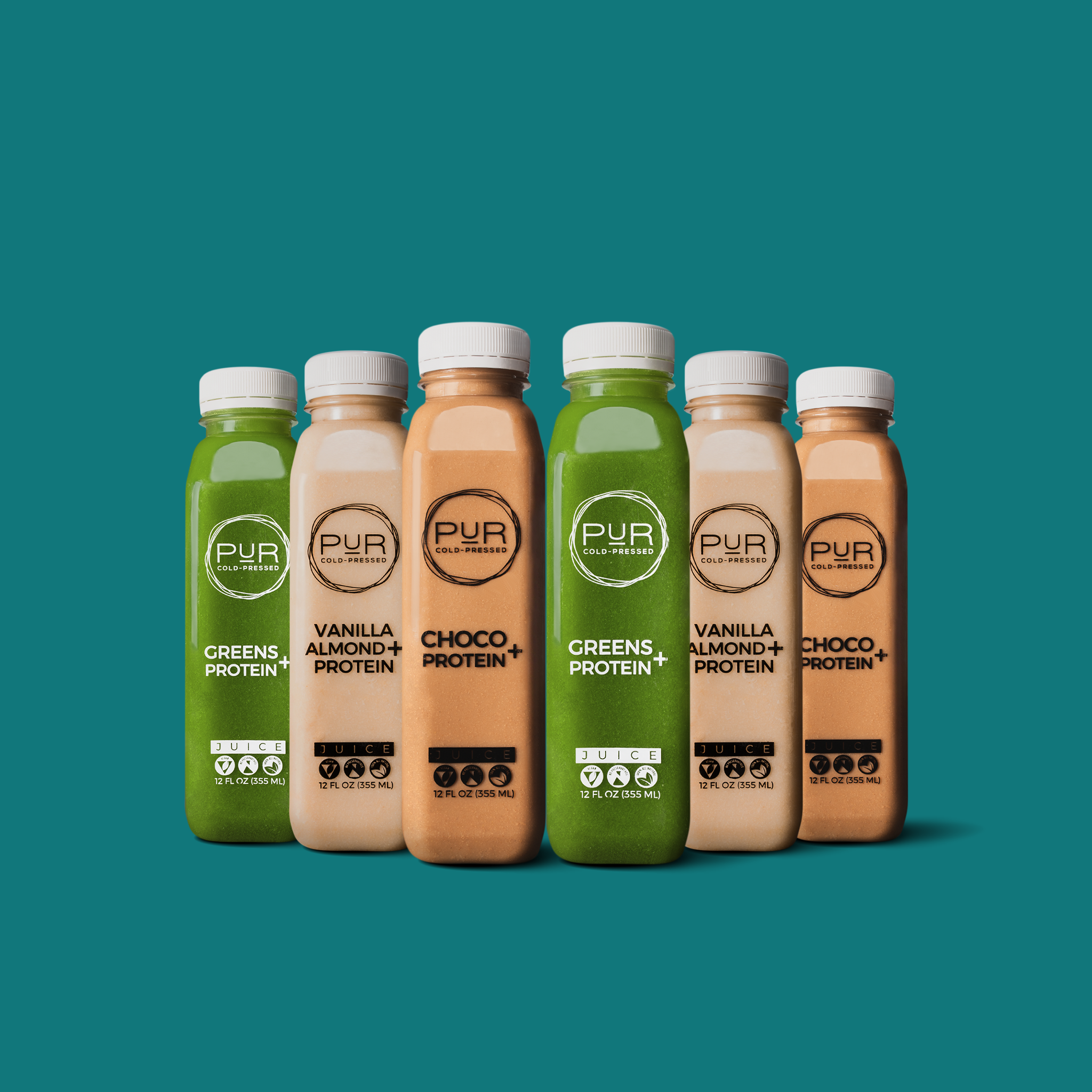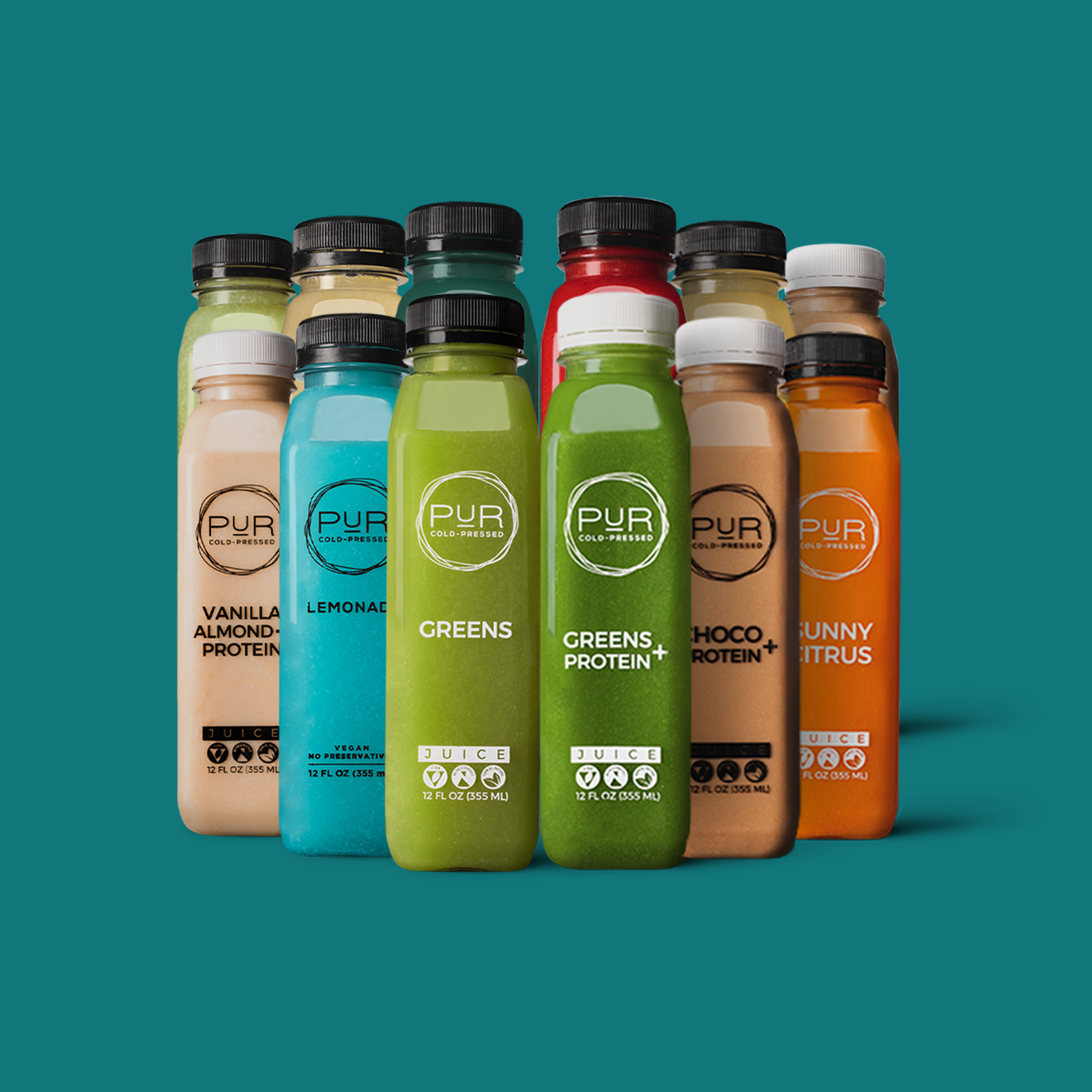Tips for Encouraging Exploration and Learning in the Kitchen

(Family Features) Planning, preparing, serving and cleaning up after mealtimes are skills that can be beneficial to everyone. Yet when it comes to meal prep, many families find it easier to tell children to go play rather than bringing them into the kitchen to help create meals.
“One of the best ways to encourage children to try new foods or simply eat their vegetables is to allow them the opportunity to plan and prepare a meal,” said Emily Hicks, a registered dietitian nutritionist for KinderCare Learning Centers. “Involving children in meal planning, preparation and serving in age-appropriate ways helps give them some autonomy in a world in which they often feel they do not have many choices. This can help reduce stress and food fights at mealtime, creating a more peaceful and enjoyable experience for everyone.”
Meal preparation can also bring certain classroom lessons such as counting and fractions to life as children measure ingredients. It can also be an opportunity for an impromptu science lesson about the parts of plants and animals people eat and the nutritional benefits of healthy foods.
Consider these tips to get kids more involved in mealtimes:
- Choose mealtimes when the family is typically together and make preparation a team effort. Allow children to pick out vegetables or other items at the grocery store (or from the fridge, freezer or pantry) to prepare. Alternatively, if you have a few meal options planned for the week, children can help decide what to make on which days. The key is to empower children to make choices, thus helping develop a sense of responsibility and encouraging variety in food choices.
- Allow children to help wash produce, stir food in mixing bowls, get tools like cutting boards from the cupboard and more. Children can help peel or chop foods or stir pots or pans with adult guidance. Even younger children can assist by using child-safe utensils to peel or chop food, sprinkle toppings, pour dressings or combine pre-measured meal components.
- Children can help place food on the table and serve themselves at young ages. Young children may find it easier to serve themselves by using measuring cups instead of serving utensils. Encourage children to try some of each food on the table but try not to push them to eat anything in particular. Instead, give them time and multiple opportunities to try different foods. If they are able, teach children how to pass food to others at the table and engage in conversation. Sharing at the table can help foster social development and family connections.
- After mealtime, children can help clean up and put things away. Even if they can’t reach the sink, children can help clear items from the table. They can also assist with putting dishes in the dishwasher or ferrying clean dishes to an adult to put back in cupboards and drawers. Additionally, they can help wipe up spills and crumbs, and push in chairs, too.
“The benefits of family mealtime go beyond health,” Hicks said. “Involving your children in your mealtime routines can bring food and fun to the table, creating a sense of belonging that will boost the whole family’s well-being. Remember, you don’t have to stick to a routine 100% of the time to be beneficial. Just do your best to keep routines when possible and practice balance.”
For more tips to help incorporate children into meal planning and preparation, visit kindercare.com.
KinderCare [tab]
5 Ways to Get Your Pet Ready for Fall

(Family Features) Pets provide unconditional love to their companions; in return, it’s important to make sure they live happy and healthy lives by providing the best care possible. This means making sure that in addition to food, treats and toys, they receive daily care for their eyes, ears and overall health.
With a desire to bring a dog into his family’s lives, Albert, a Bausch + Lomb employee, rescued a terrier mix named Watson. However, it soon became apparent Watson needed some extra love and care to help protect his eyes and ears from irritation and excess buildup. When finding a remedy proved difficult, Albert worked with veterinarians to develop Project Watson Health Care for Dogs, a comprehensive line of quality products targeting these specific areas.
To help ensure your furry member of the family has the best head to tail health possible, consider these tips.
 Schedule Regular Vet Visits
Schedule Regular Vet Visits
Routine wellness checks are an essential part of your pet’s care. Annual screenings, even if your dog seems healthy, allow your veterinarian to provide vaccines to combat disease and uncover any health issues that may have otherwise gone undiagnosed until symptoms advanced.
Watch Your Pet’s Diet
Feeding your pet a proper diet based on his or her breed, age, size and lifestyle plays a big role in overall health. A balanced diet that includes high-quality food can lead to a shiny coat, healthy skin, bright eyes and may also help strengthen your pet’s immune system, maintain intestinal health, increase mental acuity, regulate weight, keep muscles and joints healthy and more.
Support Clean Ears and Eyes
Often overlooked, the eyes and ears are vital areas to the overall health and wellness of your pet. To help keep these areas free of any buildup of bacteria that may cause irritation, consider an option like the line of Project Watson Health Care Products for Dogs, which includes an eye wash, eyelid wipe, ear wash, ear wipe and supplements made using high-quality and naturally inspired ingredients.
Excessive blinking or pawing at the eyes can be signs of buildup, irritation or infection. Dirt and debris trapped around the eyes can also clump in fur, leading to skin irritation and infections while excessive tear production can lead to fur staining, which can develop an unpleasant odor. Eye wipes can be used daily to relieve staining and remove excess buildup. Washing your dog’s ears may help reduce dirt, debris and wax buildup; help prevent itching; and reduce the chance of infection while keeping ears smelling fresh.
Create an Exercise Routine
Walks, games in the backyard and social time with other pets can help keep your furry friend in good physical condition. While different breeds and species often have different needs, adequate activity can provide benefits beyond the physical, including reducing boredom, which can potentially lead to anxiety or destructive behaviors.
Prevent Pests
In addition to regular vaccinations, ensure your pet is up to date on parasite prevention. This includes fleas, ticks, mites, heartworm and more which can cause reactions ranging from mild to severe (or even fatal in some cases of heartworm or Lyme disease). Look for pests and skin abnormalities when grooming your pet and contact your vet if your pet excessively scratches, chews or licks his or her fur or ears, or persistently shakes his or her head.
Bausch + Lomb [tab]
3 Steps Toward a Healthier Heart

(Family Features) All aspects of health are important, but heart health is a crucial component of overall well-being. Heart disease is the leading cause of death among Americans but it doesn’t need to be – lifestyle choices play a key role in heart health and it’s never too soon to adopt healthful habits.
From exercising and getting proper sleep to healthy eating – including heart-friendly snacks like grapes – consider these simple steps.
Eat Right
Adopting a balanced and nutritious diet rich in fruits, vegetables, whole grains, lean proteins and healthy fats can impact heart health. One way you may lower your risk for heart disease is by
As an easy, convenient, heart-healthy food, grapes are a perfect ingredient for a heart-friendly eating plan that includes recipes like Grape, Broccoli and Avocado Salad with Toasty Oat Topping. Savory broccoli slaw pairs with the delicate sweetness of crisp, juicy Grapes from California while the toasted oat topping provides a crunchy finish.
Grapes are low in sodium and a good source of vitamin K, which promotes heart health, and contain 7% of the daily recommended intake of potassium, a nutrient critical to heart health. Grapes are a natural source of beneficial antioxidants and other polyphenols and help maintain healthy circulation by promoting the relaxation of blood vessels.
In fact, according to a study published in the “Journal of Nutrition,” men with metabolic syndrome who consumed 1 1/2 cups of grapes every day showed reduced blood pressure, improved blood vessel function and a decrease in a key marker of inflammation.
Women who consumed 1 1/4 cups of grapes every day as part of a separate study published in the “Journal of Nutrition” benefited from reduced blood triglyceride levels, LDL cholesterol levels, inflammatory proteins and other markers of heart disease.
Get Quality Sleep
Sleep is also critical for a healthy heart. Most experts recommend 7-9 hours of sleep per night for adults. To help achieve that goal, create a bedtime routine by waking up and going to sleep at consistent times. Also ensure a comfortable sleep space by turning off electronics and setting the thermostat to a cozy temperature.
Exercise
A regular exercise routine can have a positive impact on many areas of health. It can be especially beneficial for heart health by lowering blood pressure, reducing inflammation and aiding in maintaining a healthy weight. At least 150 minutes per week of moderate-intensity aerobic activity or 75 minutes of vigorous aerobic activity is recommended by the American Heart Association. Fuel your workout and recovery with heart-healthy and hydrating foods such as grapes.

Grape, Broccoli and Avocado Salad with Toasty Oat Topping
Prep time: 30 minutes
Cook time: 5 minutes
Servings: 6
Toasted Oat Topping:
- 1/2 tablespoon butter
- 1/3 cup sliced almonds, coarsely chopped
- 3 tablespoons steel-cut oats
- 1/8 teaspoon seasoned salt
- 1/4 teaspoon Italian herb seasoning
Dressing:
- 6 tablespoons extra-virgin olive oil
- 1/3 cup quartered red or green Grapes from California
- 1/4 cup wine vinegar
- 1 tablespoon honey
- 1/4 teaspoon sea salt
- freshly ground pepper, to taste
Salad:
- 1 bag (12 ounces) broccoli slaw
- 2 cups lightly packed torn curly kale
- 1 1/2 cups halved Grapes from California
- 1/2 cup minced red onion
- 1/3 cup chopped dried figs
- freshly ground pepper, to taste
- 1 large, firm but ripe avocado, diced
- To make toasted oat topping: In medium skillet over medium-low heat, cook butter, almonds, oats, salt and Italian herb seasoning about 5 minutes, or until lightly toasted and fragrant, stirring frequently.
- To make dressing: In small blender, puree olive oil, grapes, wine vinegar, honey, sea salt and pepper, to taste, until smooth.
- To make salad: In large bowl, mix broccoli slaw, kale, grapes, red onion and figs; season with pepper, to taste, and drizzle with dressing; toss well to coat. Add avocado and toss lightly. Transfer to six serving plates or bowls and sprinkle with toasted oat topping.
Nutritional information per serving: 320 calories; 5 g protein; 29 g carbohydrates; 22 g fat (62% calories from fat); 3.5 g saturated fat (10% calories from saturated fat); 5 mg cholesterol; 160 mg sodium; 7 g fiber.
California Table Grape Commission













Leave a comment
All comments are moderated before being published.
This site is protected by hCaptcha and the hCaptcha Privacy Policy and Terms of Service apply.